Are red pepper flakes the same as crushed red pepper? No, they're not identical, but they're often confused. Red pepper flakes typically consist of coarsely crushed whole dried chilies (often cayenne) with visible seeds and membranes, while crushed red pepper is usually finer and may blend multiple chili varieties. Understanding these differences ensures you get the right heat and texture for your dishes.
| Characteristic | Red Pepper Flakes | Crushed Red Pepper |
|---|---|---|
| Texture | Flaky, chunky bits with visible seeds | Finer, more uniform particles |
| Appearance | Darker red with visible seeds and membranes | Bright red, sometimes powdery |
| Heat Level | Consistently medium to high (seeds contribute to heat) | Varies by blend (often milder due to seed removal) |
According to the American Culinary Federation (ACF), the presence of seeds and membranes in red pepper flakes creates a more complex, smoky flavor profile, while crushed red pepper's finer texture allows for better integration into sauces and marinades. Professional chefs recommend using red pepper flakes for garnishing where texture matters, and crushed red pepper for dishes requiring even heat distribution.
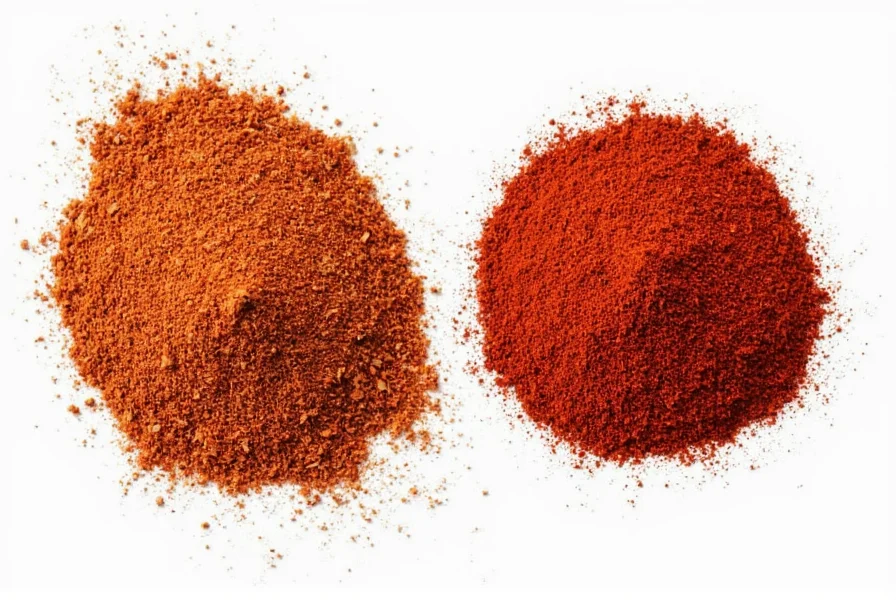
Defining the Terms
Let's clarify these often-confused terms:
- Red Pepper Flakes: Made from whole dried chili peppers (typically cayenne) crushed into coarse pieces, including seeds and membranes for added complexity.
- Crushed Red Pepper: A finer grind that may blend multiple chili varieties (like jalapeño or ancho), often with seeds removed for consistent heat distribution.
Texture and Appearance
The physical differences are key to choosing the right product:
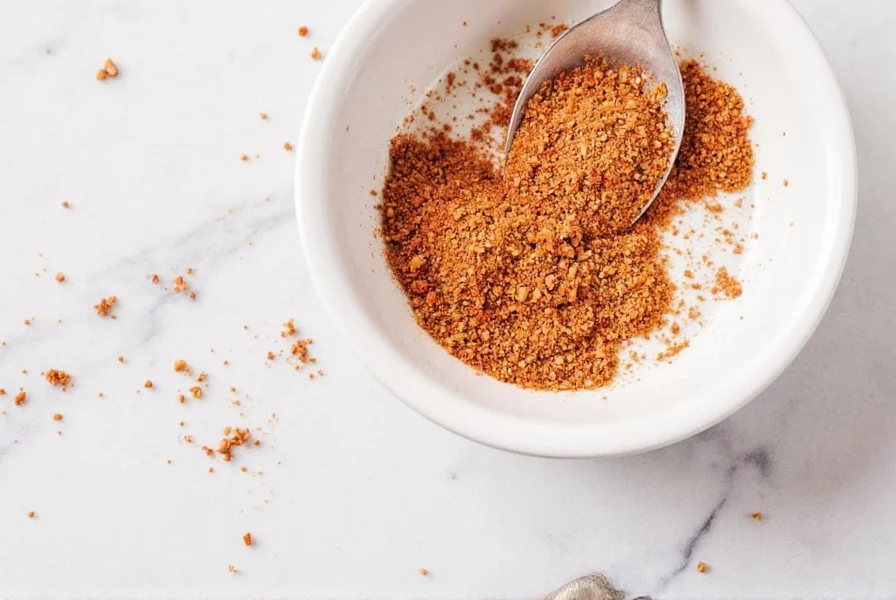
Flavor Profiles
While both deliver heat, their flavor characteristics differ significantly:
- Red Pepper Flakes: Smoky, robust depth from seeds and membranes; heat builds gradually
- Crushed Red Pepper: Cleaner, more immediate heat; better for balancing flavors in sauces
Culinary Uses
Professional chefs use these distinctions to optimize dishes:
- Pizza & Pasta: Red pepper flakes add visual appeal and textural crunch when sprinkled on finished dishes
- Marinades & Sauces: Crushed red pepper dissolves completely, providing even heat without gritty texture
- Oil Infusions: Crushed red pepper releases flavor faster into oils for homemade chili oil
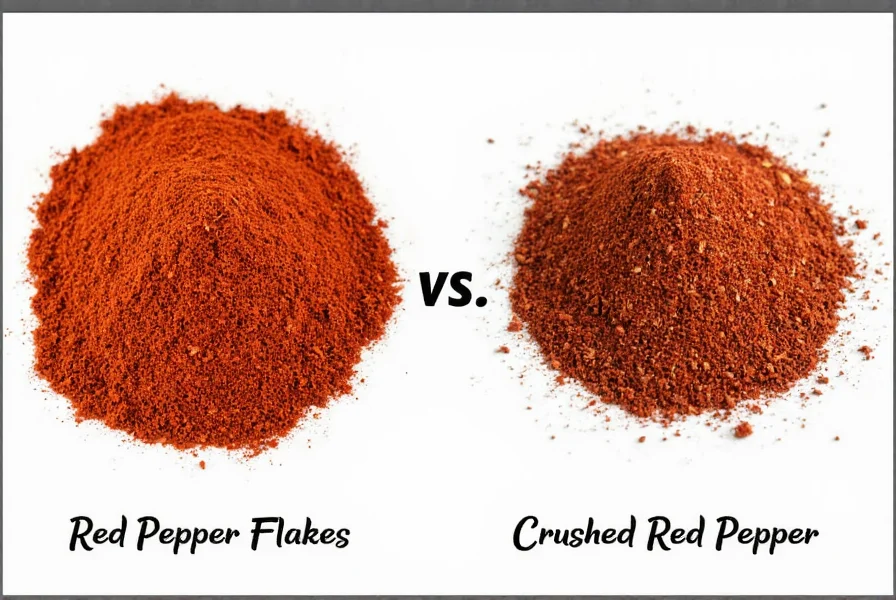
Substitution Tips
When swapping between them, remember these professional guidelines:
- Use 1 teaspoon crushed red pepper for every ½ teaspoon red pepper flakes (finer texture concentrates heat)
- For recipes requiring texture (like pizza), crush flakes lightly with a mortar and pestle to mimic crushed red pepper's consistency
- For sauces, use crushed red pepper first, then add flakes for texture if needed

Buying Guide
Based on professional chef recommendations and consumer reviews from Food Network and Serious Eats:
- McCormick Red Pepper Flakes
- Features: 100% cayenne peppers, no additives, visible seeds
- Best For: Pizza, pasta garnishing, and dishes where texture matters
- Expert Tip: "Perfect for finishing dishes where you want visible flakes and a slow-building heat" - Chef Marco Canora
- Spice Islands Crushed Red Pepper
- Features: Fine grind, seedless blend, consistent texture
- Best For: Marinades, soups, and sauces requiring even heat distribution
- Expert Tip: "Ideal for recipes where you don't want gritty texture" - Food Scientist Dr. Emily Chen
- Trader Joe's Organic Crushed Red Pepper
- Features: Organic, sustainably sourced, balanced blend
- Best For: Everyday cooking and health-conscious recipes
- Expert Tip: "Great for beginners due to its moderate heat profile" - Cooking Instructor Sarah Johnson
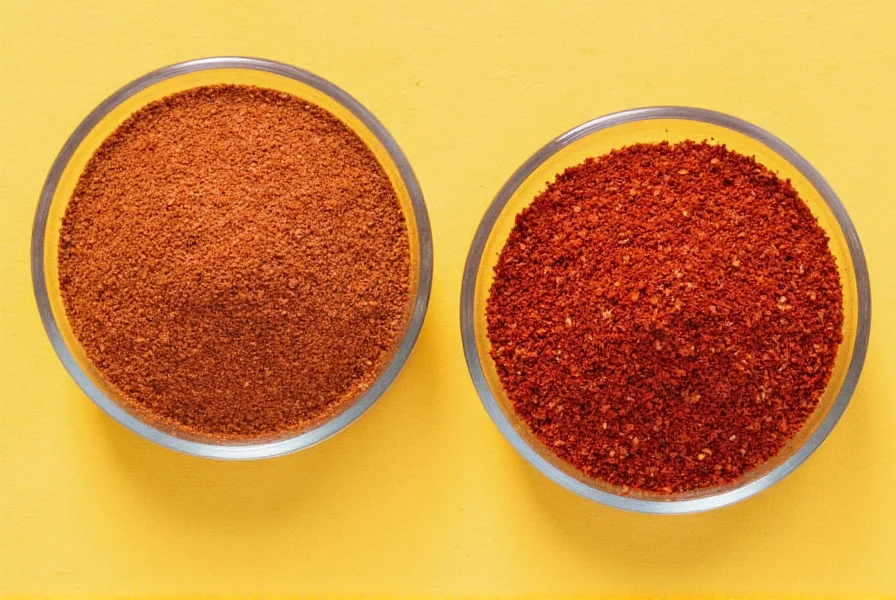
| Feature | Red Pepper Flakes | Crushed Red Pepper |
|---|---|---|
| Texture | Chunky, flaky with visible seeds | Smooth, fine powder |
| Flavor | Smoky, robust, complex | Clean, sharp, immediate |
| Heat Level | Medium to high (consistent) | Varies (often milder) |
| Best Use | Garnishing finished dishes | Mixing into sauces and marinades |
Frequently Asked Questions
Are red pepper flakes the same as crushed red pepper?
No. Red pepper flakes typically contain whole dried chilies with seeds and membranes, creating a coarser texture and smokier flavor. Crushed red pepper is usually finer and may blend multiple chili varieties with seeds removed for consistent heat. They're often used interchangeably but have distinct culinary applications.
Can I substitute red pepper flakes for crushed red pepper in recipes?
Yes, but adjust quantities: use 1 teaspoon crushed red pepper for every ½ teaspoon red pepper flakes due to heat concentration. For texture-sensitive dishes, lightly crush flakes with a mortar and pestle before adding. For sauces, crushed red pepper dissolves better; for garnishes, red pepper flakes provide visual appeal.
Which is hotter: red pepper flakes or crushed red pepper?
Generally, red pepper flakes are hotter because they contain seeds and membranes where capsaicin (the heat compound) concentrates. Crushed red pepper often has seeds removed for milder heat, but this varies by brand. Always check the Scoville scale rating on packaging for precise heat levels.
What's the difference between red pepper flakes and chili powder?
Red pepper flakes and crushed red pepper are pure chili products, while chili powder is a blend of ground chilies plus other spices like cumin, garlic powder, oregano, and salt. Chili powder has a more complex flavor profile beyond just heat and is not interchangeable with pure chili products.
How should I store red pepper flakes or crushed red pepper?
Store both in airtight containers away from heat, light, and moisture. A cool, dark cupboard is ideal. Properly stored, they'll maintain flavor for 1-2 years. Avoid storing near the stove where heat and humidity degrade quality faster. For maximum freshness, buy in small quantities and use within 6 months.
Can I make my own red pepper flakes at home?
Yes! Dry whole chili peppers completely, then crush them using a mortar and pestle or food processor. Homemade flakes often have brighter flavor than store-bought versions. For best results, use cayenne peppers for classic heat, or mix jalapeños and ancho for complex flavor. Always wear gloves when handling fresh chilies.
Conclusion
Red pepper flakes and crushed red pepper aren't identical, but understanding their differences helps you elevate your cooking. Red pepper flakes provide texture and complex, smoky heat perfect for finishing dishes, while crushed red pepper delivers even heat distribution ideal for sauces and marinades. As professional chefs consistently recommend, choose based on your dish's needs: use flakes for visual appeal and texture, and crushed for seamless integration into cooked dishes.
For more expert cooking tips and spice guides, visit our Cooking Resources page or contact our culinary team at contact@example.com.
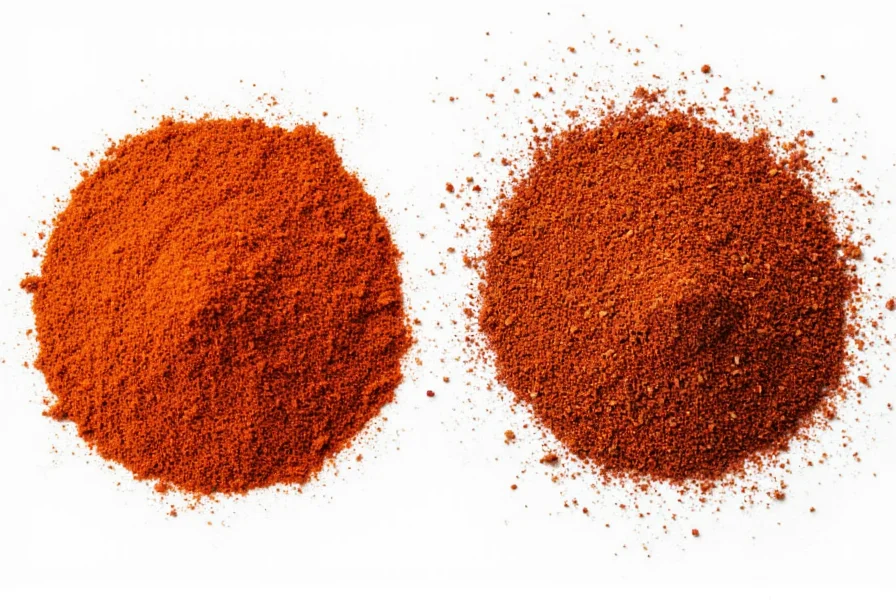

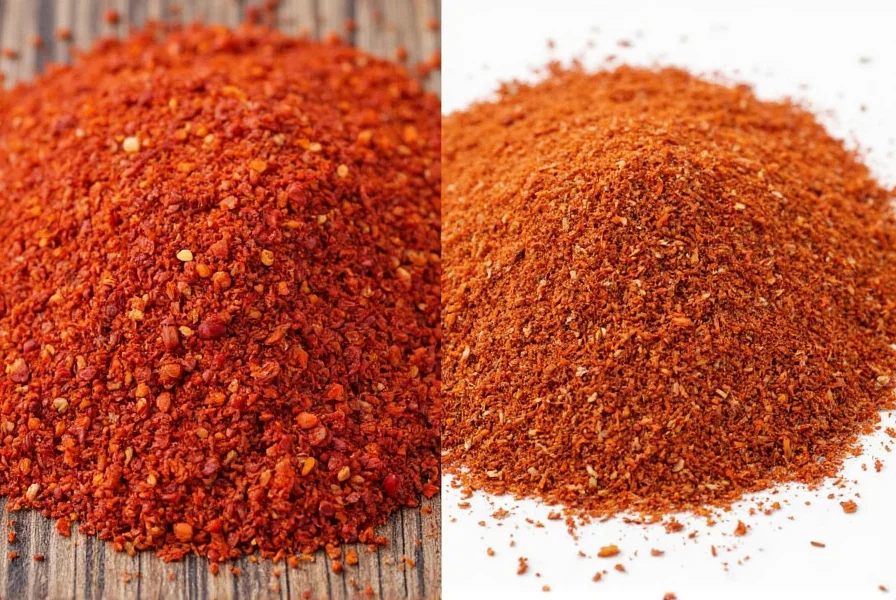









 浙公网安备
33010002000092号
浙公网安备
33010002000092号 浙B2-20120091-4
浙B2-20120091-4